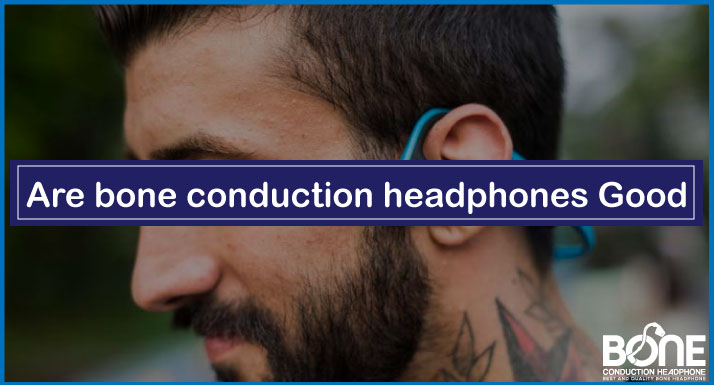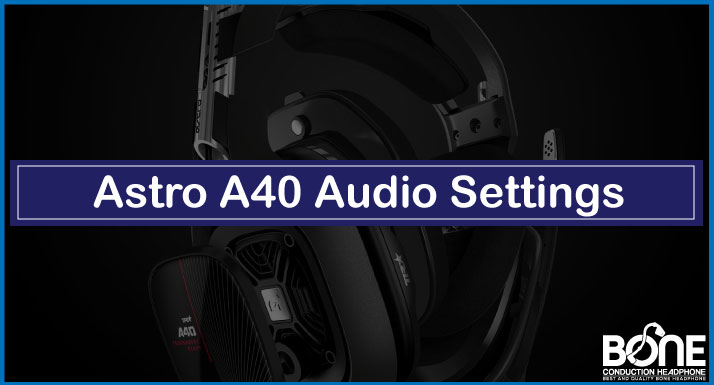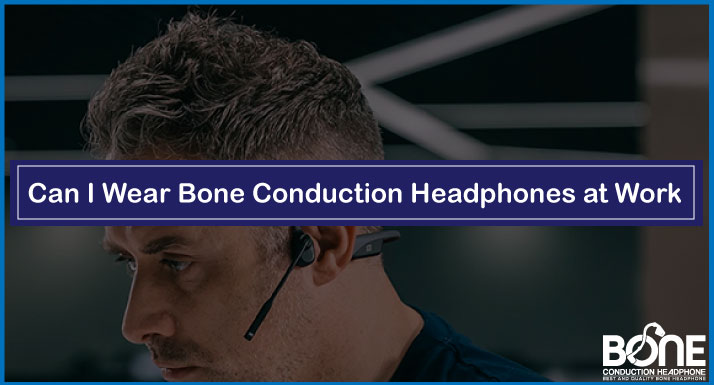Are Bone Conduction Headphones usable for audiophiles? Exceptional Bass has become a dire need in headphones. Bone Conduction Headphones have been prevailing since they hit the market, and I have been using Shokz bone conduction headphones. They have made their worth through their unique working mechanism, new features, durability, and reliability, but: Does Bone Conduction Headphones have Bass?
Even though bone conduction headphones are not known to deliver good Bass due to your ears being open, they can still provide excellent Bass. In different formats, you will experience different levels of Bass as opposed to your regular headphones, and you may find that they have a completely different audio experience.
However, bone conduction headphones are a tool to enhance safety in outdoor activities, substituting your existing traditional headphones. In recent years, bone conduction headphones have undergone significant advancements, which have improved their sound bass quality. So YES, bone conduction headphones have Bass but are considerably lower than regular headphones.
Let’s discuss this topic in detail to explain why bone headphones can provide good Bass and how it works.
Does bone conduction headphones have Bass?
What is the Bass? Bass contains the lowest sound in the songs, like drums. A sound gets its depth from the Bass. It is like hearing the lowest frequency that feels soothing to your ears.
What is Bass in headphones?
Bass is a type of low-frequency air pressure. The deeper the air pressure, the deeper the Bass. Vibrations produce a good base. So is the working of bone conduction headphones. They do not produce sounds; they produce vibrations that transmit sound signals to the skull.
The drum produces the Bass in earphones. The more you hit the drum hard, the more vibrations create Bass, and you hear the right sound with adequate quality. It is the Bass that creates a soothing as well as exciting sound to be heard by your ears.
The headphones fit tightly on your ears, blocking distortions from your ears, and you hear good quality music when you wear them. Without any bass, you may hear flat, dull sounds.
Note: Good Bass is produced by over-the-ear headphones that are usually bigger and cover your ears.
Remember from your basic science classes that sound is created when objects vibrate. Whenever you speak, your vocal cords vibrate, causing a sound to be created.
Do Bone Conduction Headphones Produce Bass?
Bone Conduction Headphones do not rely on air conduction of sound, but differences in air pressure produce bone conduction and Bass. Does this mean that these headphones do not create Bass or lack in producing Bass? Not exactly.
Vibrations produce Bass in any musical instrument or headphone. The vibrations generated by bone-conduction headphones are enough to produce Bass in a sound.
These headphones have Bass, but they may not be suitable for audiophiles. So in terms of Bass and sound quality, these headphones are a great “audio tool” but not a replacement for conventional headphones.
These headphones are not known for their Bass, but they improve their quality as they develop more and more. They do offer good sound quality and Bass. This Bass rumbles in the form of vibrations through cheekbones and gives you a completely different listening experience.
What do bone conduction headphones sound like?
Using bone conduction headphones works on the same fundamentals that generate sound waves in our ears but are entirely different. Bone conduction headphones work differently than regular headphones in producing sounds that are heard effectively.
These headphones transmit sound through the eardrum but bone into the skull. On the other hand, a headphone’s sound quality is determined by its Bass.
Bone conduction headphones utilize your head’s temporal bones rather than the traditional way of generating sound. It is where vibrations make a crucial difference since the vibrations of the headphones are activated by the bones in your jaw, which results in the sound being picked up immediately by your ear and brain.
Bone conduction headphones don’t produce sound; they produce vibrations, which cause your bones to produce sounds. It seems absurd, but it’s a straightforward approach to producing sound.
There is no air transmission of sound signals, but they work on bone conduction of sound. These headphones do not create sound, but their transducers produce vibrations. These vibrations are then interpreted as sound.
Despite this, most headphones or other wearable audio items emit many vibrations. You can feel them when the drivers are inside them. As a result, they will direct the sound waves directly to your ears instead of allowing them to spread throughout your immediate surroundings. You are wearing a tiny speaker that funnels sounds directly into your ears.
How Do Bone Conduction Headphones Produce Bass Compared to Traditional Ones?
Basses rely on air pressure to produce their low-frequency sounds. Hence, the deeper the air pressure is, the more influential the Bass will be. When it comes to the pros and cons of bone conduction headphones, low Bass is one of the disadvantages they come with.
Consequently, when you see headphones with the best bass quality, they are usually more significant than the average earphone, which covers your ears, causing the air to pressurize more effectively, thereby helping to produce a deeper bass sound. Hence, this is why bass drums are more prominent than other drums.
Does this mean that Bone Conduction headphones can’t produce Bass since Bass is so dependent on the presence or absence of air pressure? What is the reason behind the lack of Bass in their music? Would that be because of a lack of air pressure? I wouldn’t say so.
Although Bass relies largely on pressure from the air to produce deeper sounds, this does not mean that the vibrations bone conduction headphones cannot produce it send to your head. Bone headphones can still produce Bass when transferred to the head, producing a highly satisfying effect, but not quite like other headphones and speakers.
Can You Rely On Bone Conduction Headphones for Deep Bass?
Although bone headphones indeed have the potential to produce Bass, this doesn’t mean they will be able to produce the same type of Bass as speakers or other traditional wearable audio devices. It may also differ depending on the manufacturer of your music player and the settings you are working in to play it.
Air pressure is an essential factor in determining the depth of the Bass, and that’s not something that can be easily replicated by the vibrations occurring in the bones above your jaw.
Even though bone conduction headphones have Bass, they may not always produce the deepest Bass because they cannot reproduce how speakers and standard headphones do.
So, you can’t rely on Bone conduction headphones for deep Bass.
Which bone-conduction headphones have the best Bass?
Bone Conduction Headphones are not lacking in any feature compared to regular or conventional headphones. These have proven to be the best and have provided valuable benefits to their users. Some of the bone conduction headphones best bass include:
- Shokz OpenRun Pro
- Padmate S30
- Zygo Solo
- Shokz Trekz Air
- Mojawa Mojo 1
- Decoshoppin bone conduction headphones
- Lenovo bone conduction headphones
- WGP bone conduction headphones
- SluB bone conduction headphones
- Bose bone conduction headphones






